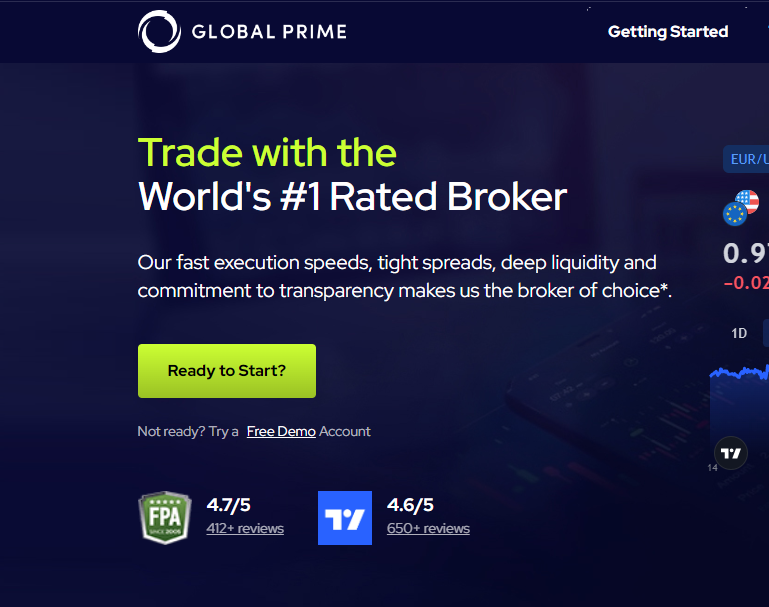Are you an active trader looking to mitigate risks and enhance your trading strategies? When it comes to active trading, risk management is a vital aspect that every trader needs to prioritize. Without proper risk management techniques in place, traders expose themselves to unnecessary risks and potential losses. In this blog post, we will explore the significance of risk management in trading and discuss five essential techniques that every active trader should consider implementing.
Why is Risk Management Important?
Unlike money management, risk management is not just about preserving capital; it goes beyond that. It involves employing strategies and techniques that aim to protect traders from potential losses and adverse market conditions. By understanding the importance of risk management, traders can make informed decisions that align with their overall trading goals.
1. Capital Preservation
Perhaps the most critical aspect of risk management is capital preservation. Traders need to ensure that they don’t risk more than they can afford to lose. By employing proper risk management techniques, traders can protect their trading capital from significant losses, allowing them to continue trading and take advantage of future opportunities.
2. Consistency in Trading
Risk management techniques promote consistency in trading. By setting predefined rules for position sizing, stop-loss orders, and profit targets, traders can maintain a consistent approach to their trades. Consistency is essential for evaluating the effectiveness of trading strategies over time.
3. Enhancing Long-Term Profitability
Proper risk management can significantly enhance long-term profitability. While it may seem counterintuitive, limiting losses through risk management techniques can ultimately lead to greater overall gains. By preserving capital and minimizing drawdowns, traders have a better chance of compounding their returns over time.
Common Risk Management Strategies for Traders in the Financial Markets
1. Position Sizing
Position sizing is the practice of determining how much of your trading capital to allocate to a specific trade. It’s crucial to ensure that you don’t risk too much on a single trade. A common rule of thumb is to risk no more than 1-2% of your total trading capital on any single trade. By controlling your position size, you can limit potential losses.
2. Stop-Loss Orders
A stop-loss order is an order placed with a broker to sell a security once it reaches a certain price. It serves as a safety net to limit losses by automatically exiting a trade when the market moves against you. Setting a stop-loss level based on your risk tolerance and analysis can help prevent larger losses.
3. Take-Profit Orders
Similar to stop-loss orders, take-profit orders are used to lock in profits when a trade reaches a specified price level. They help you avoid the temptation to hold onto a winning trade for too long, which can lead to unexpected reversals and potential losses.
4. Diversification
Diversification involves spreading your capital across various assets or markets to reduce the risk associated with a single investment. Active traders can diversify their portfolios by trading different asset classes, such as stocks, bonds, forex, commodities, and cryptocurrencies. Diversification can help mitigate the impact of poor-performing trades in one area.
5. Risk-Reward Ratio Analysis
Before entering a trade, assess the potential risk and reward. A common guideline is to aim for a risk-reward ratio of at least 1:2, meaning that for every dollar you risk, you should have the potential to make at least two dollars in profit. This approach ensures that your potential gains outweigh your potential losses and can be a useful tool for trade selection.
Advanced Risk Management Techniques for Traders in the Financial Markets
1. Volatility-Based Position Sizing
Rather than using a fixed percentage of capital for position sizing, advanced traders may adjust their position sizes based on market volatility. This means that in highly volatile markets, they may reduce position sizes to account for increased risk, while in less volatile markets, they may increase position sizes to capitalize on potential opportunities.
2. Options Strategies
Options provide advanced traders with a range of strategies to manage risk. For example, traders can use options to hedge existing positions, create income through covered calls, or implement complex spreads to limit downside risk while still participating in potential upside movements.
3. Correlation Analysis
Advanced traders often analyze correlations between different assets or markets to diversify effectively. By understanding how different assets move in relation to each other, traders can reduce the risk of large losses during market downturns. They can also use correlations to identify opportunities for pair trading or arbitrage.
4. Portfolio Optimization
Advanced traders may use mathematical models and algorithms to optimize their portfolios for risk and return. Portfolio optimization considers factors such as asset allocation, risk-adjusted returns, and correlations among assets to create a well-balanced portfolio that seeks to maximize returns while managing risk.
5. Stress Testing and Scenario Analysis
To prepare for unexpected market events, advanced traders may conduct stress tests and scenario analyses. By simulating extreme market conditions, they can assess how their portfolios would perform under adverse scenarios and adjust their risk management strategies accordingly.
6. Dynamic Hedging Strategies
Some advanced traders employ dynamic hedging strategies to offset risk in real-time. For example, a trader with a long position in a stock may use futures contracts or options to hedge against sudden market movements. Dynamic hedging involves making ongoing adjustments to hedge positions as market conditions change.
7. Advanced Risk Metrics
Beyond traditional metrics like standard deviation and beta, advanced traders may use more sophisticated risk metrics such as Value at Risk (VaR) and Conditional Value at Risk (CVaR) to quantify and manage their risk exposure. These metrics provide a deeper understanding of potential losses in different market scenarios.
8. Algorithmic Trading with Risk Controls
Advanced traders who use algorithmic trading systems often incorporate risk controls directly into their algorithms. These controls can include maximum drawdown limits, position size adjustments based on historical volatility, or real-time risk monitoring to pause trading when predefined risk thresholds are breached.
Advanced Risk Management Course Available in Our Membership Community
In the world of trading, staying ahead of the curve is not just an advantage—it’s a necessity. We understand that traders like you are always on the lookout for opportunities to improve their skills and knowledge, especially when it comes to complex topics like risk management.
That’s why we’re thrilled to announce the availability of an advanced trading course video dedicated to the intricacies of risk management within our membership community. This video delves deep into technical aspects, providing you with the insights and strategies you need to navigate the markets with confidence.
What You’ll Gain in the Course
Our advanced mentorship service and trading course covers a wide range of topics, including:
- Trade Management: Learn how to manage your risk, money, position sizes in response to market volatility, ensuring that you stay within your risk tolerance.
- Trading Setups : Telegram & Discord access to 4Hour – Day – Week chart setup ideas which are referred to trading signals by traders in the Forex, Commodity, Stocks, Crypto and Index market.
- Correlation Analysis: Gain insights into how different assets move in relation to each other and how to diversify effectively.
- Access Restricted Contents: Access to Private VIP systems and trading courses not available on our social media pages and website.
- Reliable Support System: 24/7 one-on-one appointment with mentor.
How to Access the Course
This advanced risk management course video is a part of our membership community, where traders like you can access a treasure trove of trading resources, tools, and a supportive community. Membership starts at just $59 per month, making it an affordable way to elevate your trading game.
To enroll and gain access to the course and the many other benefits of our membership community, simply visit the ChartsEmpire Membership Community Page.







